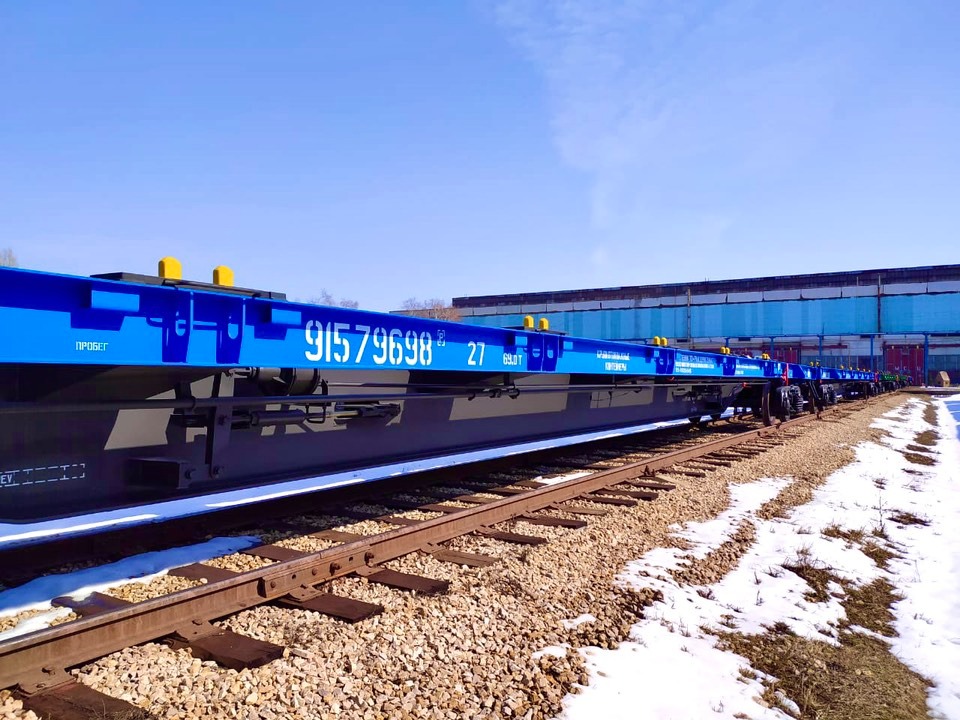The idea of TEU was born in the head of American entrepreneur Malcolm McLean in 1936.
Malcolm McLean was born in Maxton, North Carolina, in 1913. In 1935, he graduated from high school and, together with his brother and sister, founded the McLean Trucking company, which was engaged in transporting empty tobacco barrels, and in which he himself did not shy away from working as a driver. Once at the port in 1937, McLean had to wait a long time for unloading to be completed, and that's when he thought about the need to streamline and standardize the entire process of loading, transportation and delivery of goods. His ingenious solution was the idea of manufacturing and widespread use of containers of standardized size. Confident in the revolutionary nature of his idea, McLean patented cargo containers adapted for stacking, took out a $22 million bank loan and in January 1956 bought two T-2 tankers from World War II, which he converted to transport containers.After two rounds of standardization negotiations in 1968, the terms 20-foot and 40-foot containers were born to determine the classification, size and identification of containers, of which the first was called the "Twenty—foot equivalent", that is, TEU, and the second - 2 TEU or FEU ("Forty-foot equivalent").
Our company owns 485 platform wagons for the transportation of large-capacity containers of model 13-2162. These platforms are designed for the transportation of containers according to GOST R 53360 and refrigerated containers of various types, including dangerous goods.
Also, the wagons are designed to transport loaded and empty containers in various combinations, while their total weight should not exceed the carrying capacity of the wagon. Transportation of dangerous goods must be carried out taking into account the requirements of the Rules for the Transportation of Dangerous Goods by Rail.
The wagons correspond to the climatic design with ensuring operational reliability in the ambient temperature range from minus 60 °C to plus 50 °C.






